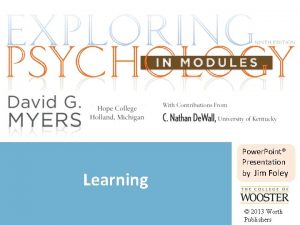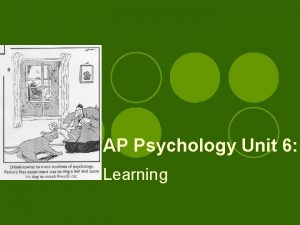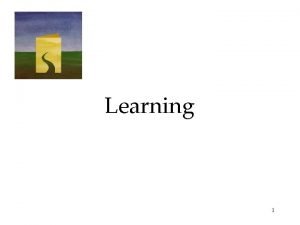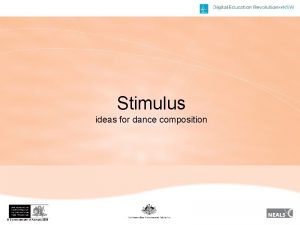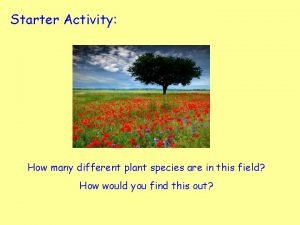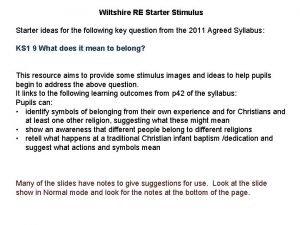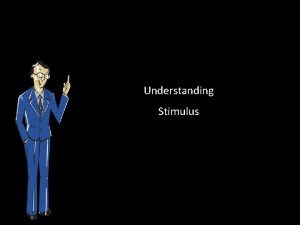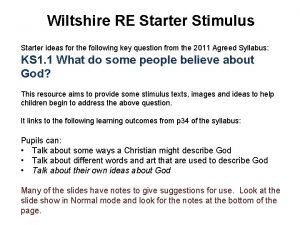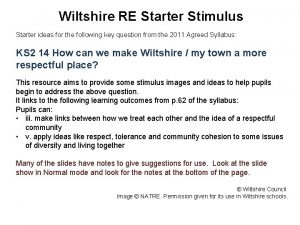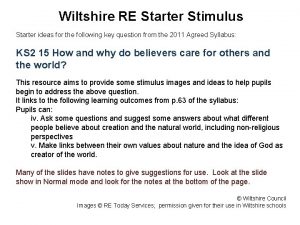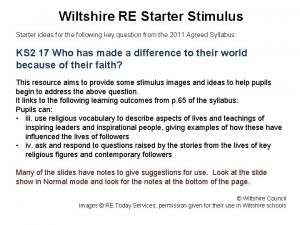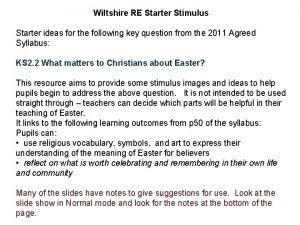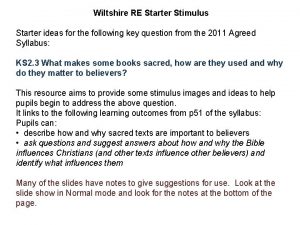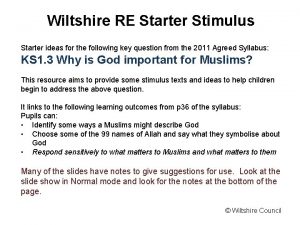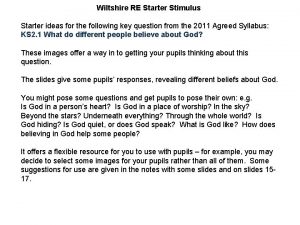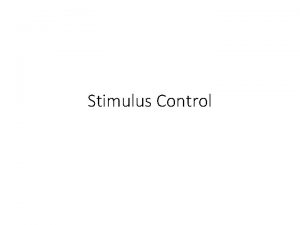Wiltshire RE Starter Stimulus Starter ideas for the













- Slides: 13

Wiltshire RE Starter Stimulus Starter ideas for the following key question from the 2011 Agreed Syllabus: KS 2. 7 How do art, architecture and poetry express religious beliefs and ideas? This resource aims to provide some stimulus images and ideas to help pupils begin to address the above question. It links to the following learning outcome from p 55 of the syllabus: Pupils can: • Explain the meanings for some symbols in art, using religious concepts and language

Who do you know who is… Fun? Fierce or fearsome? Always busy? Defends goodness against evil? Are you. . ?

What is it? What is it for? What do you notice? What is it made from? What is it like? What does it stand for? What might it cost? What… How was it made? How is it used? How could you get one? How can we find out more about it? How do religious people feel about it? How… Enquiring into a religious object Why is it like this? Why do people make these? When was it made? Why do some people value it and think When was it bought? it is precious? When is it used? Why do some people find it strange or When people use it, how do they feel? scary? When do I use something like it? Why are we studying it in RE? When… Why. .


How can you tell she is… Fierce or fearsome? Fun? Always busy? Defends goodness against evil? Who do you think this is?

This is the Hindu Goddess, Durga. A Durga murti (statue) often shows the goddess in red or purple clothes. These colours are a sign of action. There are many stories of Durga in which she rides on her tiger to fight evil. She is always busy defending what is good against evil enemies. What do you believe is a weapon for goodness in a world of evil?

In one of her hands, Durga carries a conch shell. When blown, it makes the sound of creation: Aum. A thunderbolt in one hand, a snake in another can make her look fearsome, but one of her hands is held up open in a greeting that means: ‘Don’t be afraid. ’ She is herself fearless, patient, always good humoured.

What things are the same in these two murtis? What things are different?


Some suggestions for using this resource: 1. Learning lots about… Warn pupils at the start of this session that there will be a quiz at the end, to check their learning. You can use slide 10 as the record sheet for this. Alternatively set pupils the task of posing the questions for each other. 2. Enquiring into Before you give pupils the question grid on slide 3, give them a blank version (see slide 13) and ask pupils to come up with as many questions as they can. Sort their questions into : • Those with just one right answer • Those with many possible right answers

3. Learning from… Learning from religion is about more than simply making a connection between pupils and the material they are studying. It is meant to help them make sense of how they see themselves and the world. So, if Hindus worship the goddess in the form of Durga, it must be because they value her gifts / powers highly. Ask pupils, if you wanted someone to guide or help you in your life, what powers would you want your helper to have, and why? Start with the qualities of Durga, and then go beyond. 4. Expressing through symbols Take the ideas from activity 3 and ask pupils to design their own image of their powerful helper. How do they convey the meaning of the powers and qualities of their guide/helper? Ask them to write a short explanation of their symbols.

This resource can support pupils working at levels 2 -4. Here are some example “I can…” assessment statements: L 2: I can. . . Use religious words to identify the symbols in a durga murti Retell a story about the goddess Durga Ask lots of questions about the durga murti, and look for some answers. L 3: I can. . . identify and describe some symbols in a murti of Durga the goddess identify correctly some of the meanings of the murti and its symbols describe some objects that might symbolise myself, and notice similarities and differences between these and the symbols of Durga the goddess L 4: I can. . . use the right words to show that I understand the significance of Durga murtis for Hindu worshippers apply the ideas of symbolism, and worship for myself, making use of what I learned about Hindu traditions enquire into Hindu artefacts, giving reasons for my answers to questions about Hindu beliefs and ideas about God.

What. . ? How. . ? Enquiring into a religious object When…? Why. . ?
 Conditioned stimulus psychology definition
Conditioned stimulus psychology definition Order of classical conditioning
Order of classical conditioning Relatively permanent means
Relatively permanent means What is a stimulus in dance
What is a stimulus in dance Quadrat
Quadrat Wiltshire safeguarding adults
Wiltshire safeguarding adults Re starter
Re starter Stephen wiltshire rome
Stephen wiltshire rome Dofa wiltshire
Dofa wiltshire Wiltshire virtual school
Wiltshire virtual school Consider
Consider Ideas have consequences bad ideas have victims
Ideas have consequences bad ideas have victims Que son las ideas complementarias
Que son las ideas complementarias Tack för att ni har lyssnat
Tack för att ni har lyssnat
